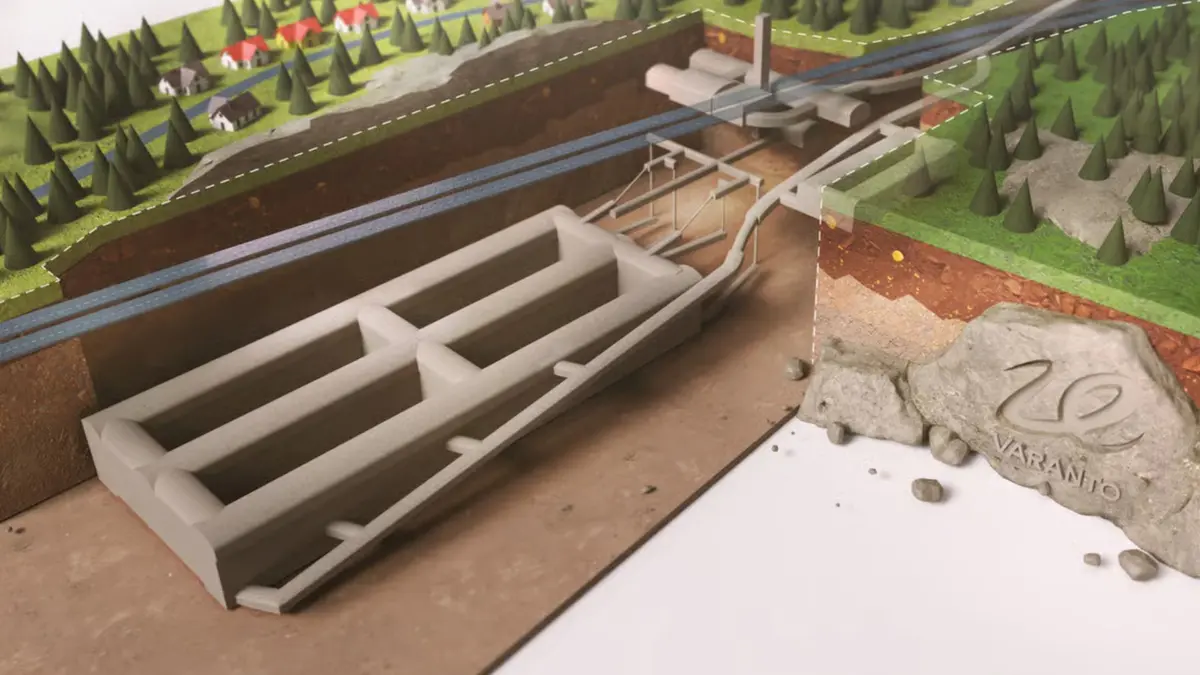Graphene, an almost two-dimensional form of carbon, is deemed the material of the future thanks to its exceptional tensile strength of 130 GPa, making it about 200 times stronger than steel. Graphene is also outstandingly light, with a density of approximately 0.77 milligrams per square meter, and an excellent conductor of electricity, with a conductivity of approximately 10^6 Siemens per meter (S/m).
Add to that the outstanding thermal conductivity of 2,500 to 5,000 watts per meter per Kelvin (W/m·K), extreme flexibility, and high corrosion resistance, and it becomes clear why scientists and engineers are excited about this material. However, producing graphene is expensive to produce, as the material is essentially a single layer of carbon atoms arranged in a two-dimensional honeycomb lattice.
Fortunately, though, our companion celestial body has graphene in its soil. Analyzing a small lunar regolith excavated by China’s Chang’e-5, mined at a depth of 0.25 m, researchers at the Chinese Academy of Sciences’ Institute of Metal Research found several spots that had graphite – another form of carbon. Upon closer inspection, though, the researchers found that some of the carbon deposits were in the form of graphene.
According to the scientists, the graphene deposits might have formed during the Moon’s early stages, when Earth’s satellite companion was still volcanically active. The presence of iron compounds in close proximity to the carbon deposits supports this theory. Still, iron minerals could also capture carbon from gases in the solar wind.
Understanding how Moon’s graphene deposits ended up there is crucial because there is not enough graphene to mine, even for future lunar bases. Instead, the scientists want to test the theories to develop low-cost graphene production solutions here on Earth. For that to happen, though, the team proposes new lunar programs that would study the Moon’s surface more closely.
Further research on Moon’s graphene could also help us better understand how it formed, possibly cementing the viability of the giant impact hypothesis.






